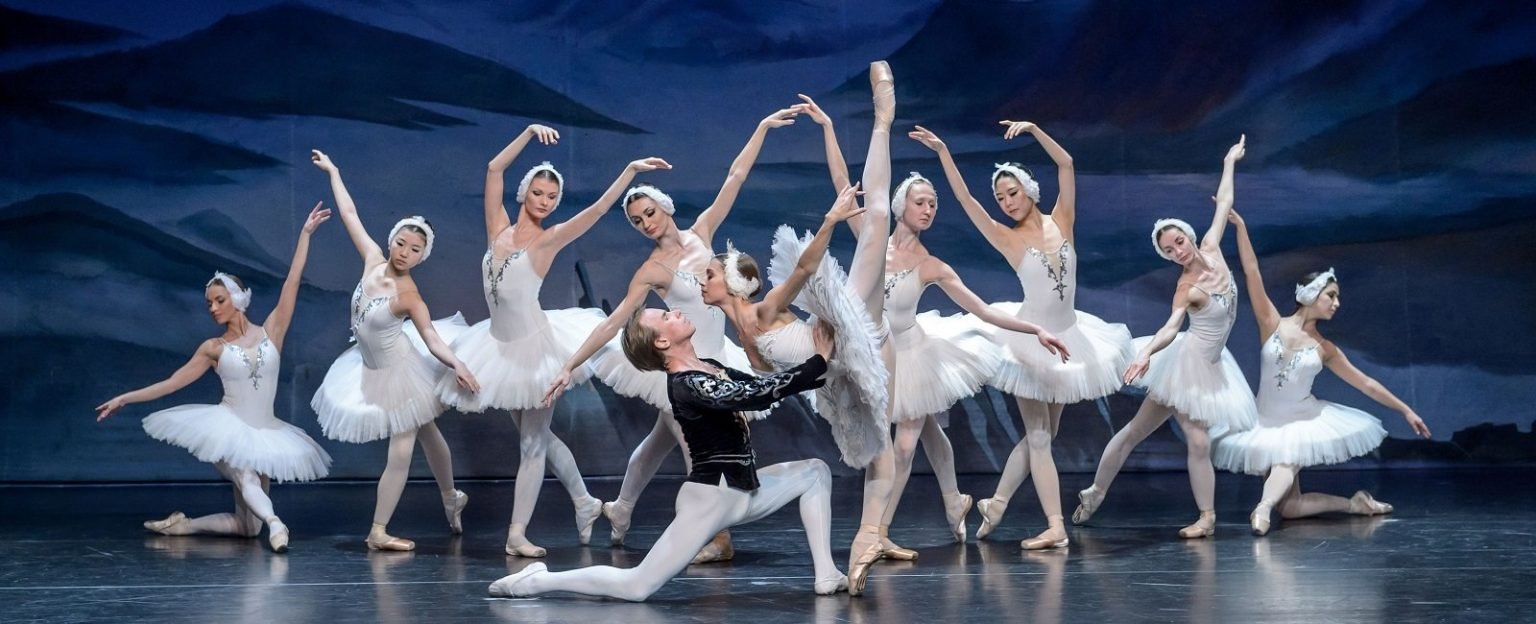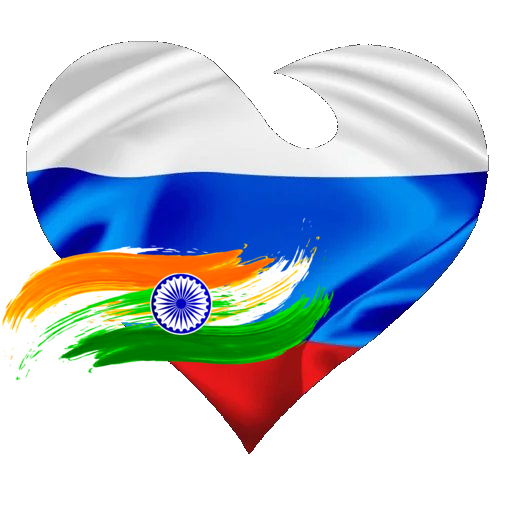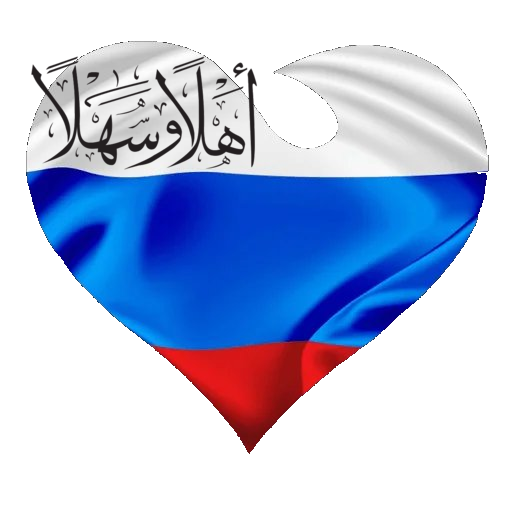For lovers of ballets in general and Russians in particular, we want to recommend some of the famous Russian ballets that you cannot miss.
Classical ballet is an incredible art form that was born in Italy during the mature Renaissance, then moved to France, where it was developed thanks to King Louis XIV.
France began to export the art of theatrical dance to all European countries, including Russia. And then, in the middle of the 19th century, the capital of European ballet was no longer Paris, which gave the world the masterpieces of romanticism La Sylphide and Giselle, but rather Saint Petersburg.
It was in the northern capital of Russia that the great choreographer Marius Petipa, the creator of the classical dance system and the author of many ballet masterpieces, worked for almost 60 years.
The era of the Soviet Union was marked by the creation of a large number of masterpieces of theatrical dance.
We present to you the 5 most famous Russian ballets that everyone should see.
The masterpiece “Swan Lake”
Music by P. Tchaikovsky, libretto by V. Begichev and V. Geltser.
- First production: Moscow, Bolshoi Theatre, 1877, choreography by V. Reisinger.
- Later production: St. Petersburg, Mariinsky Theatre, 1895, choreography by M. Petipa, L. Ivanov.
Swan Lake is a much loved ballet, it can be said that it is number 1 of the famous Russian ballets, and it is one of the favorites of all lovers of this art, whose classic version was performed in 1895; in fact, was born 18 years earlier at the Bolshoi Theater in Moscow.
After Tchaikovsky’s death, “Swan Lake” was performed at the Mariinsky Theatre, and all subsequent productions of the ballet were based on this 1895 version, which became a classic.
The action has content with great clarity and logic: the ballet told about the fate of the beautiful princess Odette, who was turned into a swan by the will of the evil genius Rothbart, about how Rothbart deceived Prince Siegfried, who fell in love with her, resorting to the charms of his daughter Odile, and about the death of heroes.
Even if you are not a ballet lover, but Swan Lake is known to everyone. The Japanese, for example, love Swan Lake so much that they can see it in the morning and at night on videos, performed by any company.
No touring company, of which there are many in Russia, and especially in Moscow, can do without Swan Lake in its repertoire.
The ballet “Don Quixote”
Music by L. Minkus, libretto by M. Petipa.
- First production: Moscow, Bolshoi Theatre, 1869, choreography by M. Petipa.
- Later productions:
- St. Petersburg, Mariinsky Theatre, 1871, choreography by M. Petipa
- Moscow, Bolshoi Theater, 1900, choreography by A. Gorsky
- Saint Petersburg, Mariinsky Theatre, 1902, choreography by A. Gorsky
- Moscow, Bolshoi Theater, 1906, choreography by A. Gorsky.
The ballet “Don Quixote” is a lively theatrical performance, a celebration of dance, enjoyed by both adults and children.
Although the ballet is named after the hero of Cervantes famous novel, it is based on a single episode of the novel, “The Wedding of Kiteria and Basilio”, and tells of the adventures of young heroes, whose love ultimately wins. Therefore, the hero of the novel Don Quixote has almost nothing to do in it.
Ballet is a costumed concert, a celebration of classical dance and characters. The first production of the ballet took place in Moscow, the ballet was a success, and two years later Petipa moved it to St. Petersburg. There they were much less interested in character dances than in pure classics, so Petipa expanded Don Quixote and made several changes.
To this day, Don Quixote has survived in a reworking by the Moscow choreographer Alexander Gorsky, who liked the ideas of Konstantin Stanislavsky and wanted to make the old ballet more logical and dramatically convincing.
Gorsky destroyed Petipa’s symmetrical compositions, canceled the tutus in the “Dream” scene, and insisted on the use of dark makeup for the Spanish dancers.
As a result, Petipa called it a “pig”, but already in Gorsky’s first alteration, the ballet was performed on the stage of the Bolshoi Theater 225 times.
A love story “Nutcracker”
Music by P. Tchaikovsky, libretto by M. Petipa.
- First production: St. Petersburg, Mariinsky Theatre, 1892, choreography by L. Ivanov.
Books and websites still publish misinformation that “The Nutcracker” was performed by the father of classical ballet Marius Petipa. But in fact, Petipa came up with the script alone, and the first production of the ballet was carried out by his subordinate, Lev Ivanov.
Lev Ivanov had to solve the most difficult task: the script, created in the style of the ballet show that was fashionable at that time, was in obvious contradiction with Tchaikovsky’s music, which, although written in strict accordance with the instructions of Petipa was distinguished by great feeling, dramatic richness and complex symphonic development.
Moreover, the heroine of the ballet was a teenager, and the star ballerina got only the final pas de deux (a duet with a partner, consisting of an adagio, a slow part, variations, solo dances, and a coda (virtuous ending).).
But in the 20th century, which was able to penetrate into the depths of Tchaikovsky’s music, a truly fantastic future was prepared for “The Nutcracker”. It is impossible to count the number of ballet performances in the Soviet Union, Europe and the United States. .
Another of the famous Russian ballets is “Romeo and Juliet”
Music by S. Prokofiev, libretto by S. Radlov, A. Piotrovsky, L. Lavrovsky.
- First production: Brno, Opera and Ballet Theatre, 1938, choreography by V. Psota.
- Later production:
- Leningrad, State Academic Theater of Opera and Ballet. S. Kirov, 1940, choreography by L. Lavrovsky.
If Shakespeare’s famous phrase “There is no sadder story in the world than the story of Romeo and Juliet”, then they said about the ballet written on this plot by the great Sergei Prokofiev: “There is no sadder story in the world than the Prokofiev’s ballet music.
Truly amazing in its beauty, richness of colors and expressiveness, the score of “Romeo and Juliet” at the time of its appearance seemed too complicated and unsuitable for ballet, even the dancers refused to dance.
Choreographer Leonid Lavrovsky, within the framework of the “drama ballet” genre (a form of choreographic drama characteristic of ballet in the 1930s and 1950s), created an impressive and exciting show with carefully sculpted mass scenes and finely defined psychological characteristics of the ballet characters.
At his disposal was Galina Ulanova, the most refined dancer and actress, who remained unsurpassed in the role of Juliet.
Prokofiev’s score was quickly appreciated by Western choreographers, the first versions of the ballet appeared as early as the 1940s, its creators were Birgit Kulberg (Stockholm, 1944) and Margarita Froman (Zagreb, 1949). Famous productions of “Romeo and Juliet” belong to Frederick Ashton (Copenhagen, 1955), John Cranko (Milan, 1958), Kenneth MacMillan (London, 1965), John Neumeier (Frankfurt, 1971, Hamburg, 1973).
Much patriotism with “Spartacus”
Music by A. Khachaturian, libretto by N. Volkov.
- First production: State Academic Theater of Opera and Ballet. S. M. Kirov, Leningrad, choreography by L. Yakobson, 1956.
- Later productions:
- Bolshoi State Academic Theater of the USSR, choreography by I. Moiseev, 1958,
- Bolshoi State Academic Theater of the USSR, choreography by Y. Grigorovich, 1968.
The list of the famous Russian ballets cannot be closed without the ballet “Spartacus”, the concept of “Soviet ballet” with excellence. A true success and a symbol of the times. The Soviet period developed other themes and images, profoundly different from the traditional classical ballet of Marius Petipa and the Imperial Theaters of Moscow and Saint Petersburg.
Fairy tales with happy endings were shelved and replaced by heroic stories.
The ballet “Spartacus” became a hit and a symbol of the times at the hands of choreographer Yuri Grigorovich in 1968.
Grigorovich impressed the viewer with a fully constructed dramaturgy, subtle portrayal of the characters of the main characters, skillful staging of crowd scenes, purity and beauty of lyrical adages.
He called his work “a performance for four soloists with a corps de ballet” (corps de ballet-performers involved in mass dance episodes).
Ballet rules was predominantly male, which makes the ballet “Spartacus” unique.
In addition to the well-known Spartacus readings by Yakobson and Grigorovich, there are some 20 other productions of the ballet.
Among them are the version by Jiri Blazek for the Prague Ballet, Laszlo Serega for the Budapest Ballet (1968), Jüri Vamos for the Arena di Verona (1999), Renato Zanella for the Vienna State Opera Ballet (2002 ), Natalia Kasatkina and Vladimir Vasiliev for the State Academic Theater directingclassical ballet in Moscow (2002).
The famous Russian ballets tickets in Moscow or St. Petersburg
If you plan to travel to Russia and want to enjoy the famous Russian ballets in Moscow or St. Petersburg, contact us and we will arrange the tickets in advance for your peace of mind.



